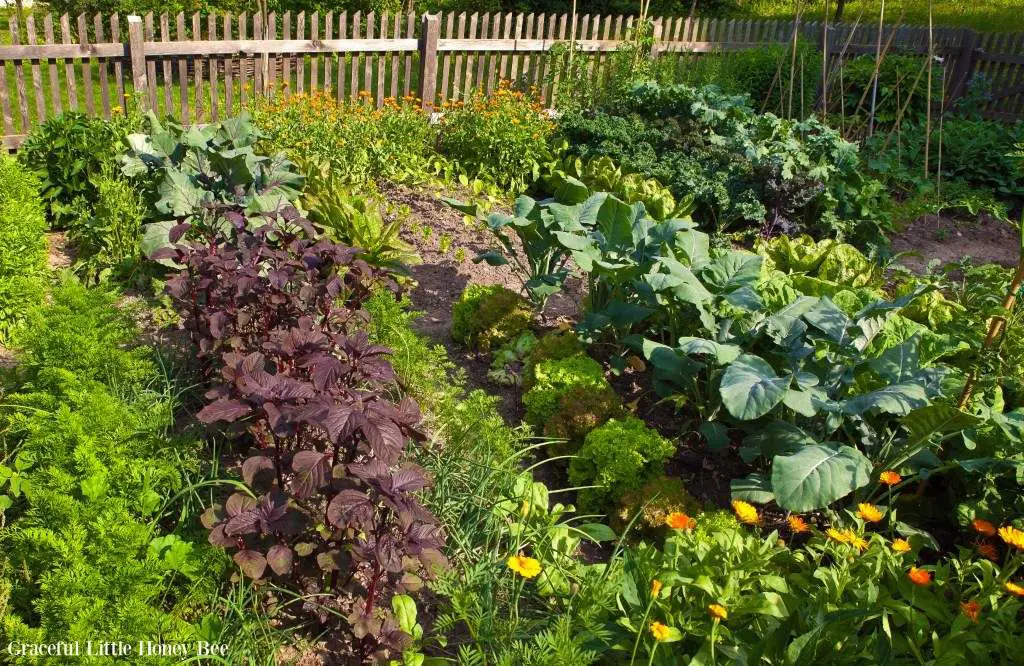In this article, we will explore the concept of self-sufficient living by providing a real-life example. We will delve into the world of off-grid living and discuss what it means to be self-sufficient. By examining a specific individual’s lifestyle, you will gain insight into the practical aspects of self-sufficiency and how it can be achieved. So, let’s dive in and discover what it takes to live a self-sufficient life!
Self-sufficient Living: A Real Life Example
Introduction to Self-sufficient Living
In a world where modern conveniences have made us dependent on external sources for our daily needs, self-sufficient living is a lifestyle choice that empowers individuals to rely on themselves and their own resources. It involves minimizing reliance on outside systems, such as food, water, and energy, by adopting sustainable practices and embracing a more minimalist approach. This article will explore the concept of self-sufficient living, its benefits, and provide a real-life example of someone who embodies this lifestyle.
Benefits of Self-sufficient Living
Self-sufficient living offers numerous benefits both for individuals and the environment. By reducing dependence on outside resources, individuals can achieve a sense of freedom and resilience. They become less susceptible to market fluctuations, shortages, and the negative impact of climate change. Being self-sufficient also promotes sustainability by reducing carbon footprints and fostering a closer connection to nature. Moreover, adopting a self-sufficient lifestyle can lead to a simpler and more fulfilling existence, focusing on what truly matters rather than material possessions.
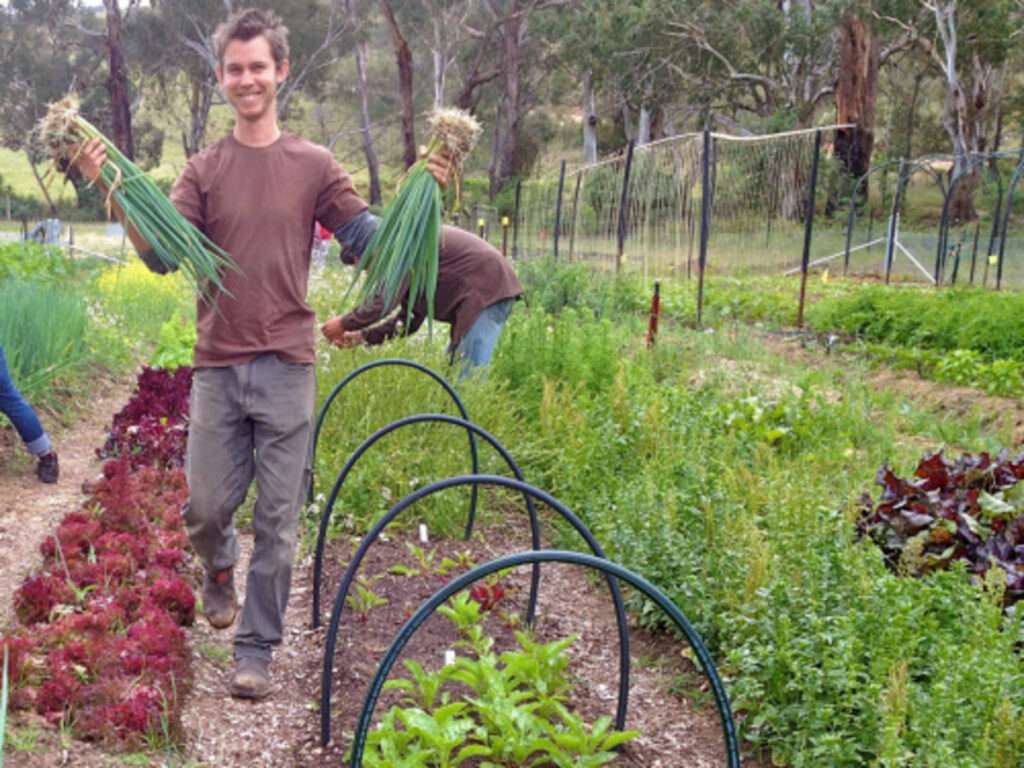
Understanding Off-grid Living
Off-grid living is often closely associated with self-sufficient living. It refers to being completely disconnected from public utilities, such as water, electricity, and sewer systems. Off-gridders rely on renewable energy sources, such as solar panels or wind turbines, to generate their electricity. They collect rainwater for domestic use and utilize composting toilets for waste management. This lifestyle choice not only reduces dependence on external sources but also fosters a sense of independence and self-reliance.
Self-sufficiency as a Lifestyle Choice
Self-sufficiency is not solely about surviving in isolation from society, but rather a conscious decision to reduce dependence on external systems while still actively participating in the larger community. It is a lifestyle choice that allows individuals to live in harmony with nature, conserve resources, and minimize their impact on the environment. Self-sufficient individuals often choose to grow their own food, generate their own energy, and practice sustainable habits that align with their values.
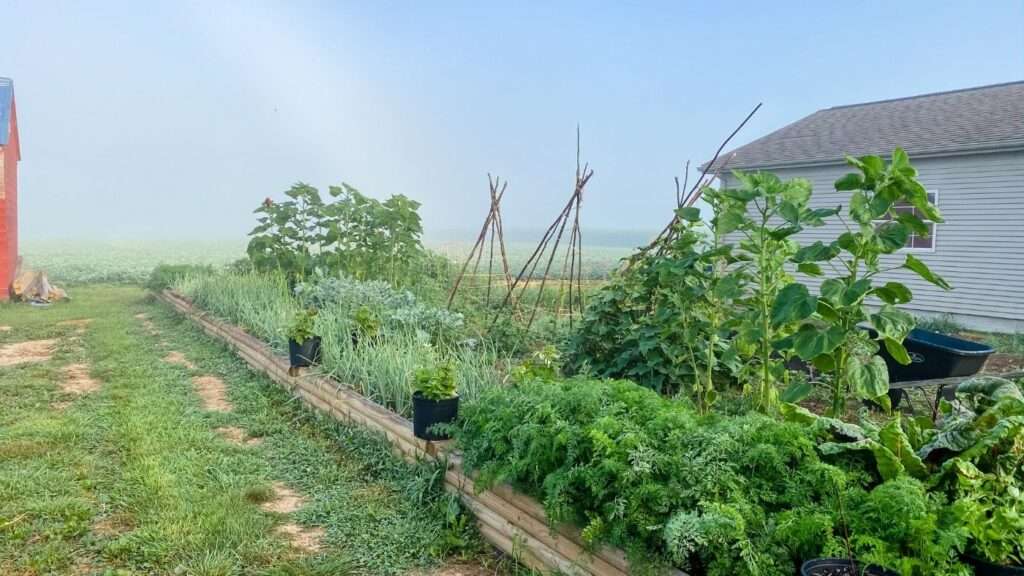
What Does it Mean to be Self-sufficient?
Being self-sufficient means taking responsibility for your own needs and adopting practices that ensure you can meet those needs independently. This includes growing your own food, sourcing your own water, generating your own energy, and managing waste effectively. However, self-sufficiency is not about isolation or complete independence from others. Instead, it involves building a strong support network and connecting with like-minded individuals who can help in times of need.
Defining a Self-sufficient Person
A self-sufficient person is someone who has developed the skills and mindset necessary to live independently while minimizing their impact on the environment. They are resourceful, adaptable, and continuously learning to improve their self-sufficiency practices. A self-sufficient person understands the value of hard work, resilience, and is willing to embrace a simpler lifestyle to achieve their goal of reducing dependency on external systems.
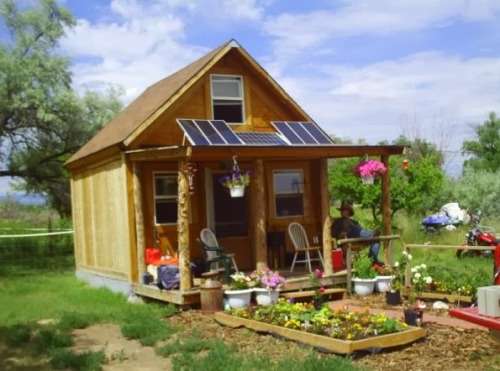
Key Characteristics of a Self-sufficient Person
Self-sufficient individuals possess several key characteristics that enable them to thrive in their chosen lifestyle. Firstly, they have a strong sense of self-reliance and take responsibility for their own well-being. They are proactive problem solvers, always finding innovative solutions to overcome challenges. Additionally, self-sufficient individuals have a deep respect for nature and prioritize sustainable practices to preserve the environment. They are also committed to lifelong learning, constantly seeking new knowledge and skills to enhance their self-sufficiency journey.
Self-sufficiency in Everyday Life
Self-sufficiency extends beyond growing food and producing energy; it permeates all aspects of daily life. It encompasses conscious consumer choices, such as buying locally sourced products and reducing waste. It involves embracing simple living, decluttering possessions, and finding joy in experiences rather than material possessions. Self-sufficient individuals often practice alternative healthcare methods, such as herbal remedies and natural healing techniques, to promote wellness. Furthermore, they prioritize self-care, recognizing the importance of physical, mental, and emotional well-being.
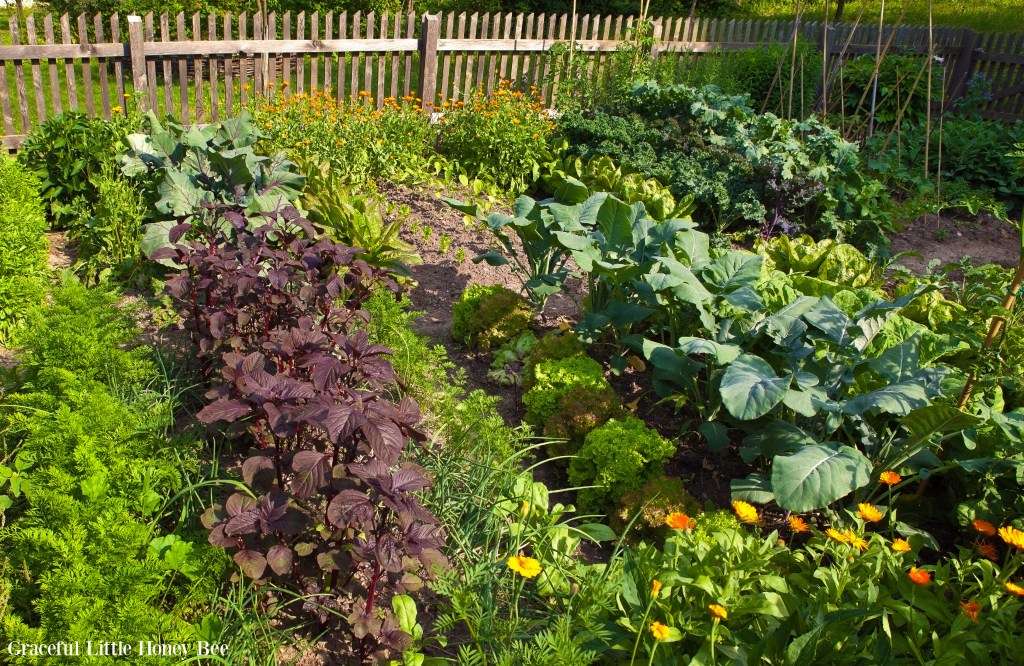
A Real Life Example of Self-sufficiency
John and Sarah Adams, a couple living in a rural area, provide a real-life example of self-sufficient living. They have transformed their patch of land into a flourishing homestead that sustains their needs. John and Sarah grow a vast array of vegetables and fruits using organic techniques, ensuring a steady food supply. They also keep livestock for eggs, meat, and dairy products. Furthermore, they have installed solar panels to generate electricity and collect rainwater for their daily needs. The Adams’ commitment to self-sufficiency has not only improved their quality of life but also enabled them to minimize their environmental impact.
Exploring Self-sufficient Living
Adopting a self-sufficient lifestyle requires a shift in mindset and a willingness to step out of one’s comfort zone. It involves learning new skills, such as gardening, woodworking, and basic construction, to establish a self-sustaining homestead. Individuals interested in self-sufficiency can start by assessing their current lifestyle and identifying areas where they can reduce dependence on external systems. They can gradually implement changes, such as growing a small vegetable garden, using renewable energy sources, and practicing water conservation.
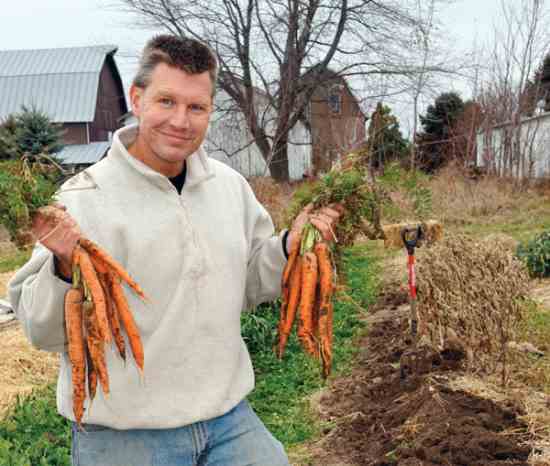
Implementing Sustainable Practices
Self-sufficient living revolves around sustainability, so it is essential to embrace practices that minimize harm to the environment. This includes composting organic waste, reducing water consumption, and recycling materials. Individuals can also explore alternative energy sources, such as wind or hydro, depending on their geographical location. Embracing permaculture principles, which emphasize designing systems that work with nature, can further enhance the sustainability of self-sufficient practices.
Food Production and Gardening
Growing one’s food is a fundamental aspect of self-sufficiency. Individuals can start with small-scale gardening, utilizing raised beds or containers in limited spaces. Successful food production requires knowledge of soil health, crop rotation, and organic pest control methods. By cultivating a variety of crops and preserving surplus produce, self-sufficient individuals can ensure a year-round food supply. Additionally, implementing food preservation techniques, such as canning or drying, helps maintain food self-sufficiency during the off-season.
Energy Sources and Renewable Solutions
Reducing reliance on the grid is a crucial step towards self-sufficiency. Solar panels are a popular choice for generating electricity, as they harness the power of the sun. Wind turbines can also be effective in areas with consistent winds. Investing in energy-efficient appliances, using energy-saving practices, and utilizing battery storage systems further enhance energy independence. Exploring locally available renewable energy sources and utilizing them effectively is key to sustainable self-sufficient living.
Conclusion on Self-sufficient Living
Self-sufficient living is not just a concept; it is a tangible way of life that empowers individuals to take charge of their basic needs while minimizing their impact on the environment. Through examples like the Adams, it is clear that self-sufficiency is attainable with dedication, hard work, and a shift in mindset. By adopting sustainable practices, growing food, and utilizing renewable energy sources, individuals can create a fulfilling and resilient lifestyle that brings them closer to nature and fosters a sense of independence. Embrace self-sufficient living and discover the joy of self-reliance and sustainability.

